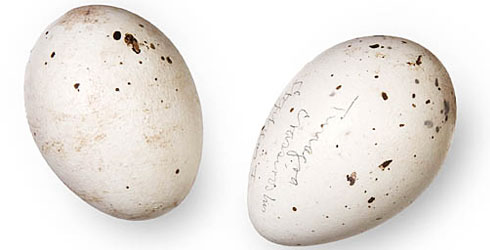Biology
We can learn a great deal from studying extant specimens in museum collections, but much of the most important information on piopio breeding and behaviour comes from the contemporary accounts published in the Victorian literature.
Potts’s (1873) description of nesting sheds considerably light on the potential problems caused by introduced predators to a bird whose environment had previously been largely predator free. He states:
"Not much secretiveness is displayed in the choice of a site for its nest, which may be found at varying distances above the ground, from 4 to 12 feet and upwards, usually at 7 or 8 feet. The structure is firmly and compactly built, with small sprays for the foundation, on which moss is abundantly interwoven with pliant twigs; the lining is usually of fine grass-bents, though some nests are finished off with soft tree-fern down, and are usually placed in Tutu (Coriaria), sometimes in Coprosma or Leptospermum."
Piopio were highly territorial in the breeding season.
The female laid poorly camouflaged eggs, which are described as oval, white (sometimes with a delicate pinkish tinge) and variably spotted and blotched with brown, grey, black and even purplish patches which often formed a zone round the large end (Potts 1873).
Eggs were incubated in December and when the young hatched they had a "covering of dark brown" (Potts 1873).
